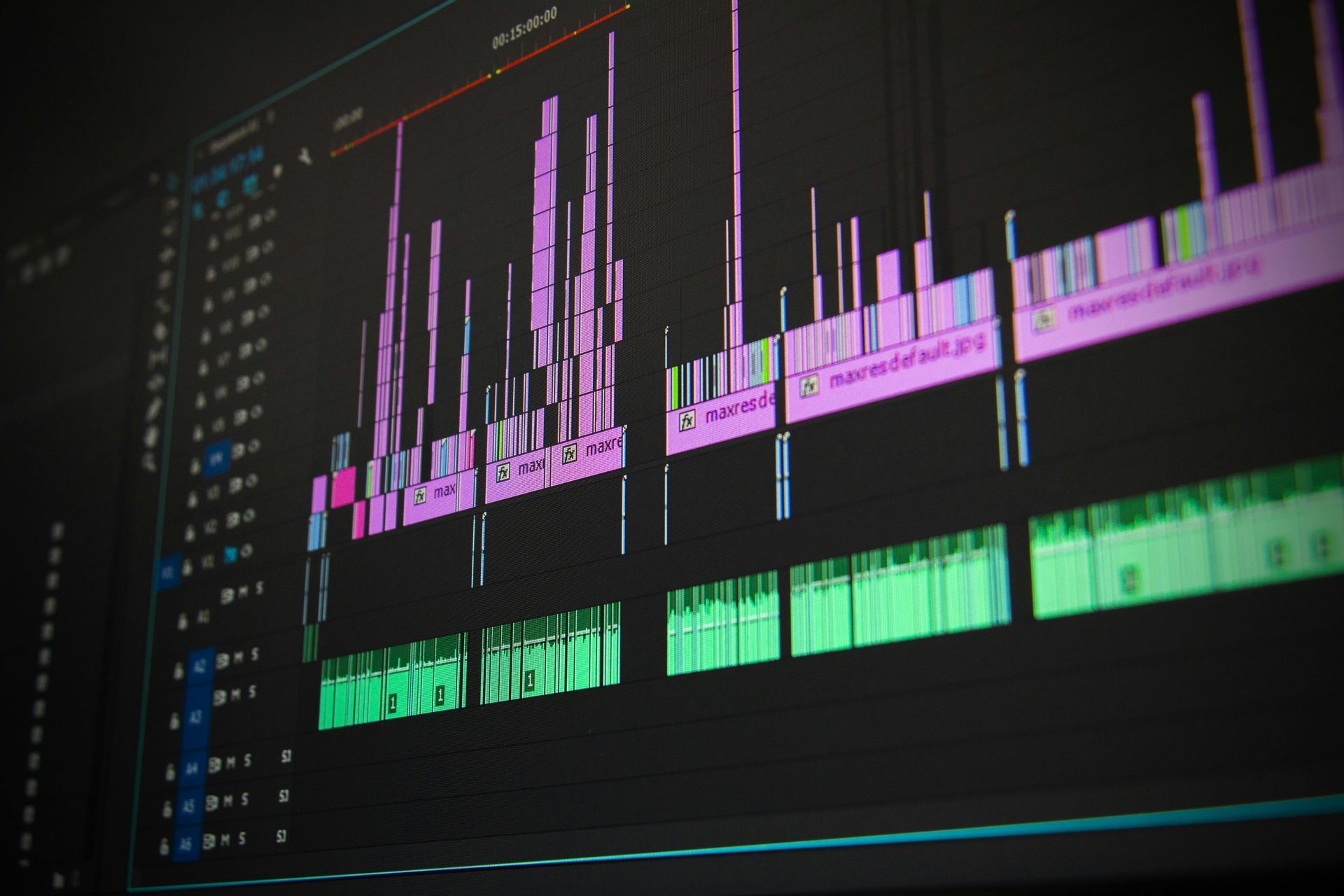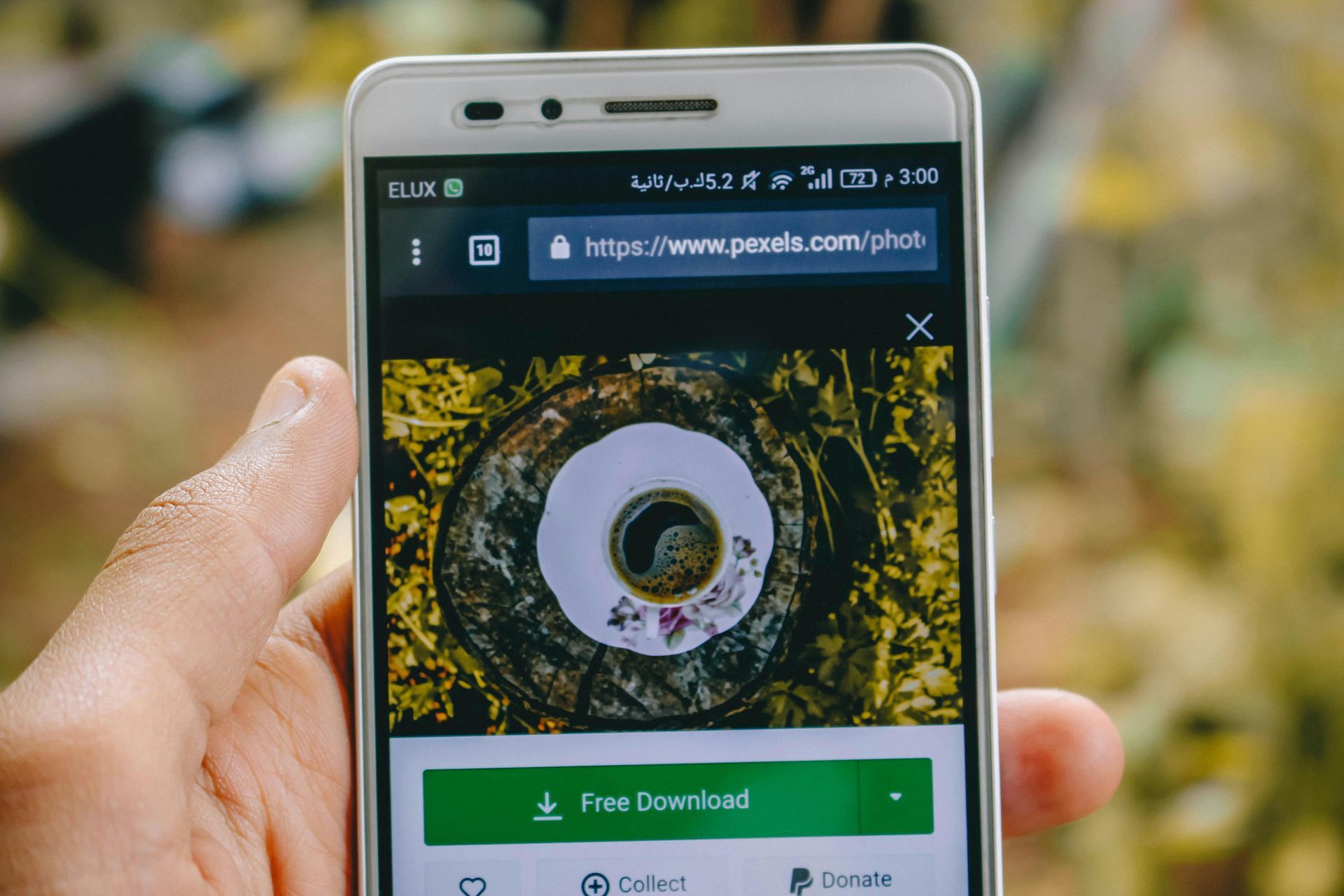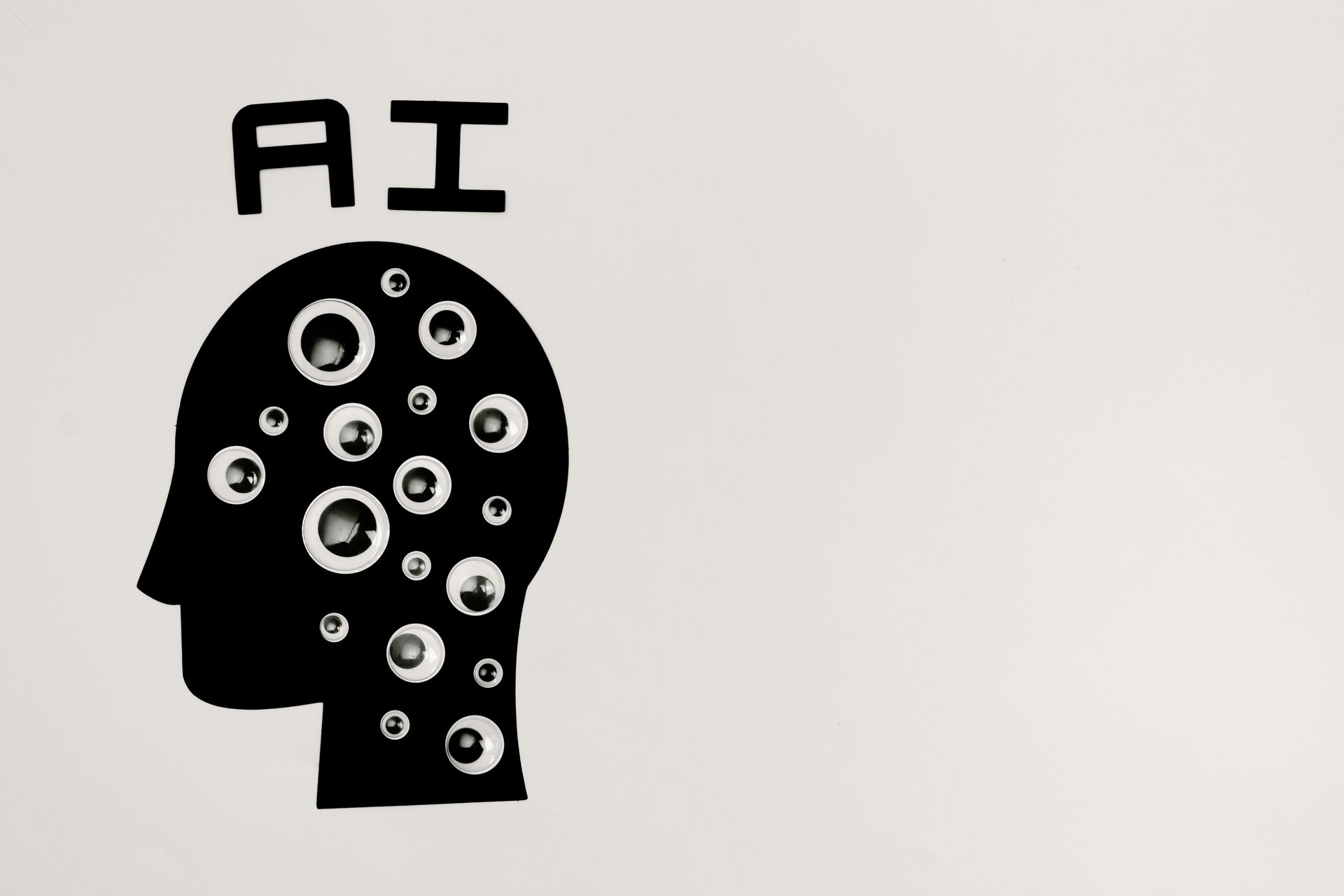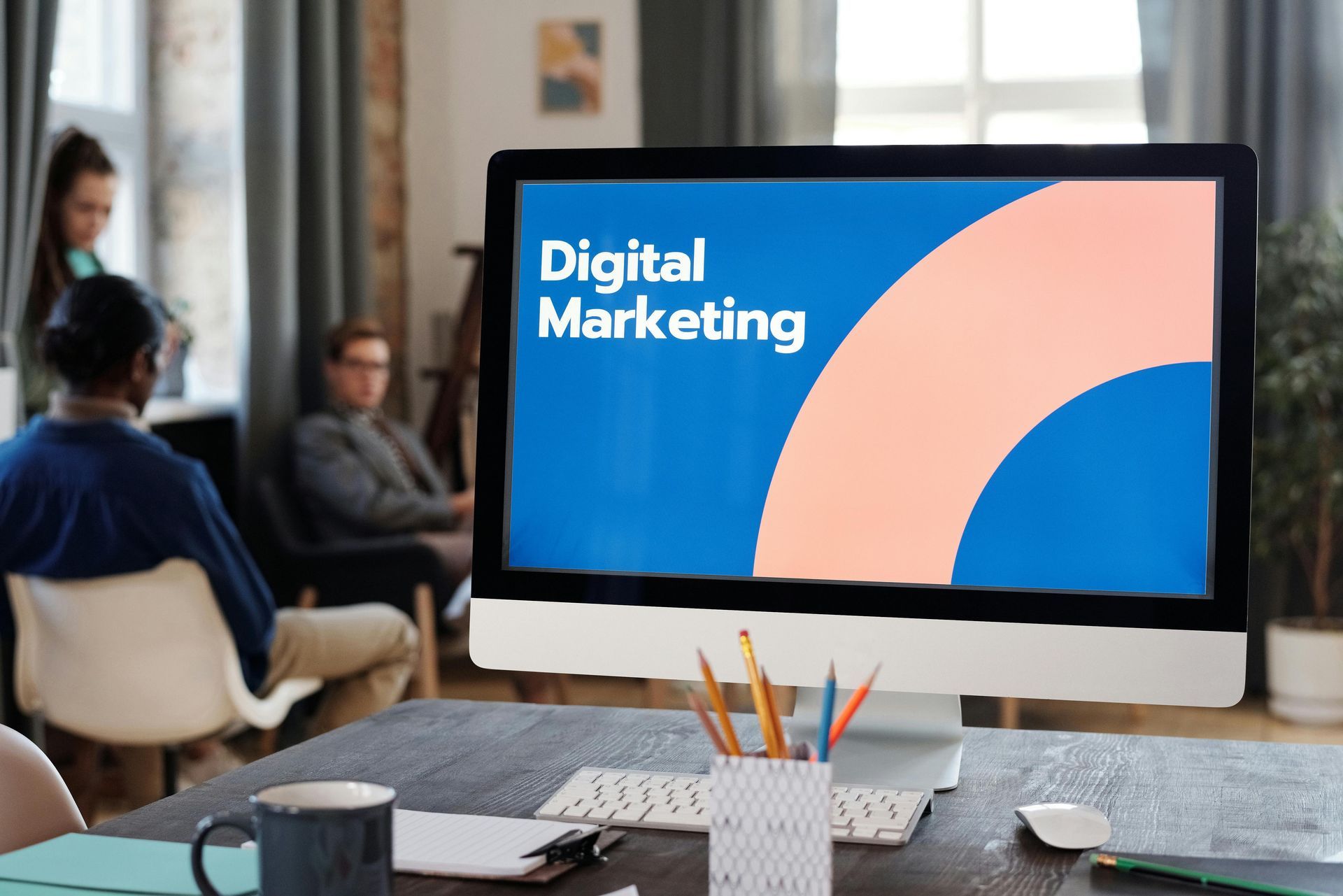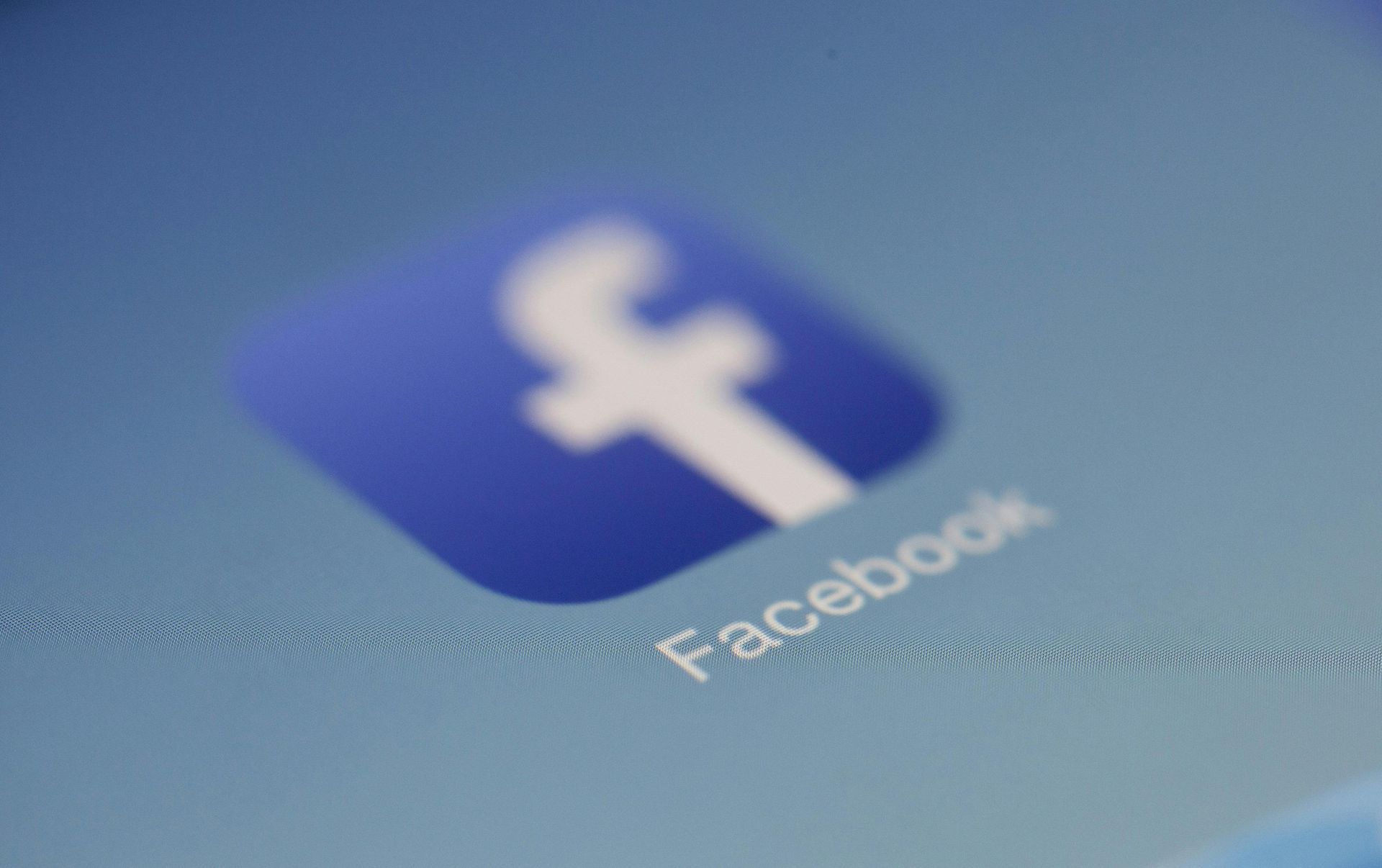What is a Landing Page?
What is a Landing Page?
In the realm of digital marketing and web design, the term "landing page" often comes up, but what exactly does it mean? A landing page is a specific webpage that a visitor can land on after clicking a link from an email, ad, or other digital locations. Its primary purpose is to convert visitors into leads or customers by encouraging them to take a particular action.
Key Characteristics of a Landing Page
1. Focused Content: Unlike a homepage that serves multiple purposes, a landing page has a singular goal. It's tailored to drive the visitor towards a desired action, such as signing up for a newsletter, downloading an eBook, or making a purchase.
2. Call to Action (CTA): A strong CTA is crucial on a landing page. This is typically a button or link that prompts the user to take action, such as "Sign Up Now" or "Get Your Free Trial." The CTA should be clear, compelling, and prominently displayed.
3. Minimal Distractions: To keep visitors focused on the action you want them to take, landing pages often have minimal links and off-site distractions. The goal is to prevent users from wandering away from the page.
4. Targeted Audience: Landing pages are often designed with a specific audience in mind, which means the content, visuals, and messaging can be highly tailored to resonate with that particular group.
5. Conversion Tracking: Since the primary objective of a landing page is conversion, it's essential to track how well your landing page performs. This can be done through A/B testing, heat maps, and conversion tracking software to optimize for better results.
Types of Landing Pages
There are two main types of landing pages:
- Lead Generation Landing Pages: These pages are focused on collecting leads or contact information from visitors. They often include forms where users can submit their details in exchange for something valuable, like a free trial or guide.
- Click-Through Landing Pages: These pages are designed to warm up potential customers before directing them to another destination, typically a product or sales page. Their purpose is to provide information that encourages the visitor to click on the offered link.
Best Practices for Creating an Effective Landing Page
Use Attention-Grabbing Headlines: The headline should immediately convey the value the visitors will get by converting. It should be clear and compelling.
- Create a Logical Flow: The layout of the page should guide visitors seamlessly through the content leading to the CTA. Use sections or bullet points to break up text and make it easily digestible.
- Incorporate Visual Elements: Images, videos, and graphical elements can enhance the message and keep visitors engaged. Just ensure that they are relevant to the content.
- Social Proof: Including testimonials or success stories can build trust and credibility with visitors, increasing the likelihood of conversion.
- Mobile Optimization: With an increasing number of users accessing websites via mobile devices, ensure that your landing page is responsive and provides a seamless experience across all devices.
In summary, a landing page is a powerful tool in digital marketing aimed at converting traffic into actionable results. By focusing on a single objective and employing best practices in design and content, businesses can effectively engage their audience and achieve their marketing goals. If you’re not already using landing pages, now is the time to start reaping the benefits they offer!

